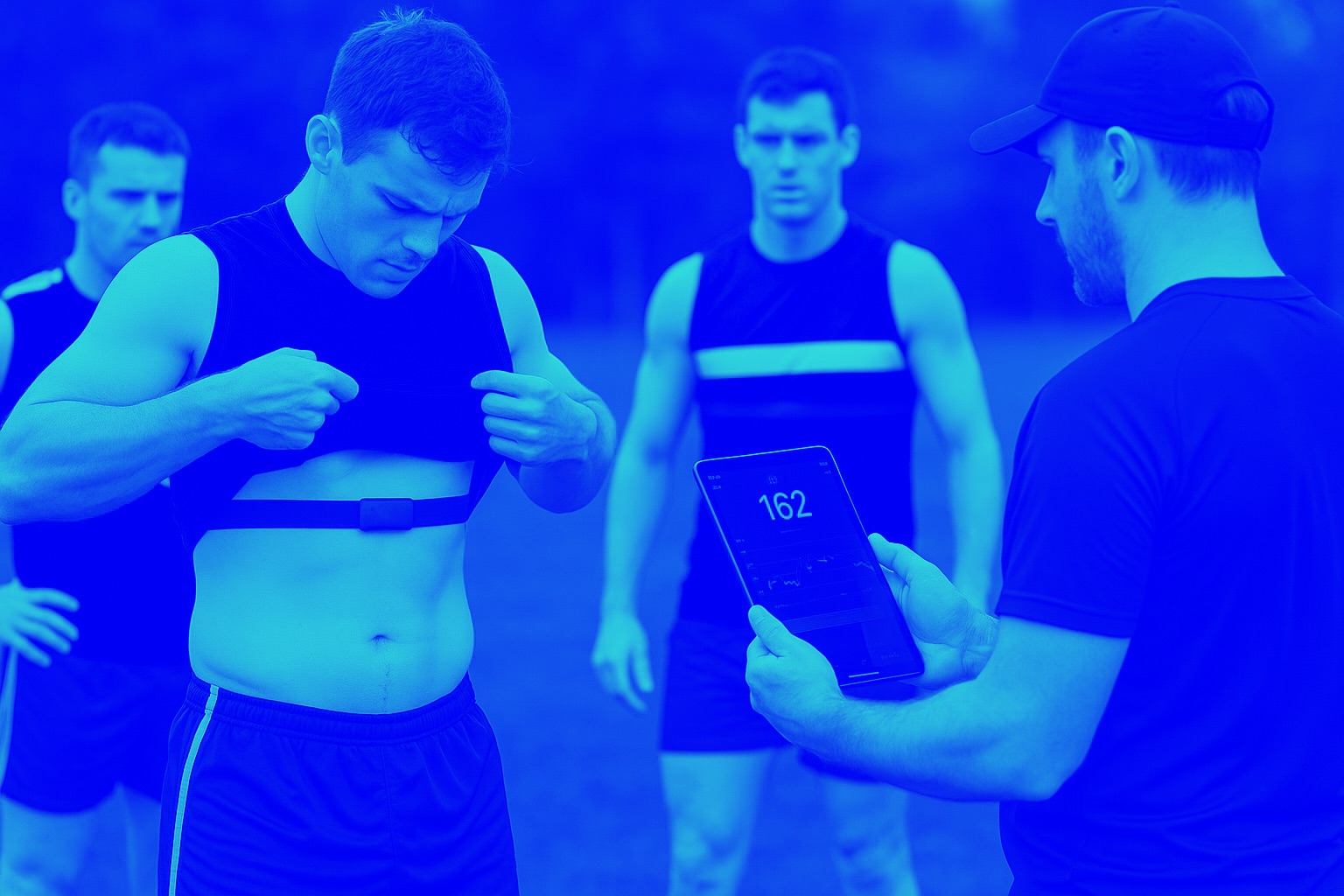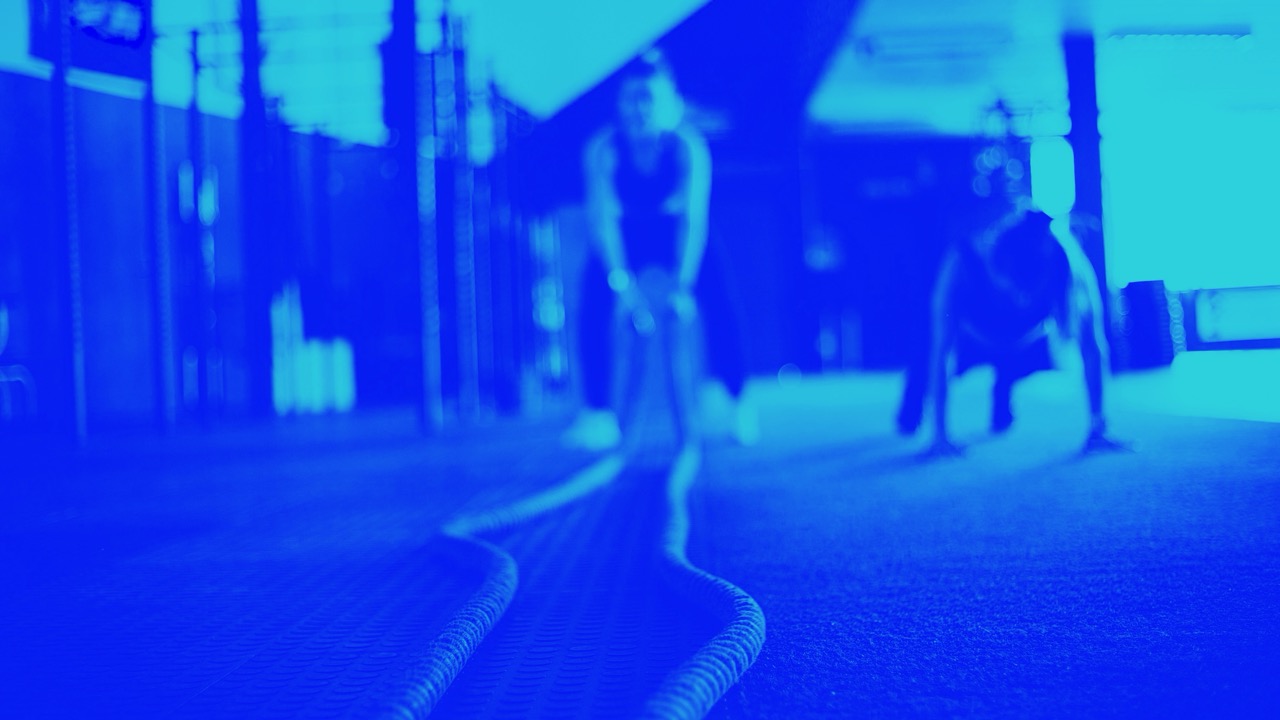Daily morning rituals: winning or ruining the day?
Blog post from HIITscience.com

Successful entrepreneurs often tout the importance of their daily morning rituals in terms of achieving their exceptional outcomes [1]. These daily routines, often conducted from 4 to 6 am, are said to reduce stress, increase happiness, and improve productivity. Rituals include fasted exercise in their home-based gym, meditation, journaling, self-reflection, and day planning, typically washed down with some special diet or supplement. Since such morning habits are reportedly used by most highly successful people, this ‘best practice’ approach suggests that we all need to find a way to incorporate these customs into our lives if we’re to realize the utmost success. But is that the case for all us? I’m not so sure it is.

An alternative way to approach the topic may be to question whether having morning rituals is, in fact, “a chicken or the egg” scenario. Maybe it’s not the routines that make people successful, but rather that their prosperity allows them the liberty and opportunity to enjoy them. Are such routines simply more achievable when one already makes a few million each year and is gifted by a bunch of people running their business for them?
Since at least the 70’s [2] it’s been clear that our ability to wake up early (i.e., so-called ‘morningness’) is much more complex than simply one’s willingness to do so. It is governed by a person’s circadian rhythm (mediated by the suprachiasmatic nucleus in the hypothalamus) – itself under the influence of many factors, including social habits (e.g., light exposure, bedtime) and genetic background [3]. Given the latter element, it is clear that we aren’t all born equal when it comes to waking up at 4 am. Does that mean that night owls can’t make it? For those of us on the (late) extreme side of the biological clock, exercising or functioning mentally is simply impossible before 11 am. So what are night owls to do?
And even for our morning larks — how those early morning routines survive with kids, travel, and daily-life surprises is a mystery to me. Knowing that sleep remains a key factor in terms of mental and physical health and overall well-being [4], keeping the alarm set at 4:40 am, irrespective of the (previous) day’s schedule, for the sake of maintaining a routine, may, in fact, be counterproductive to one’s health. Those who do manage to wake up early have often simply shifted their biological clock in order to do so (i.e., going to sleep at 8-9 pm). While this may be effective from a physiological standpoint, it’s completely at odds with a normal ‘social clock’. How such a schedule is compatible with family and friends from a social standpoint is mystifying.
Similar to today’s contemporary nutritional approach recommendations, where athletes are advised to “fuel for the work required” [5], my view is that it may be wiser to simply “go with the flow” and adjust the timing of these “morning” rituals to align with your daily goals and events. Start with your big rocks that relate to your personal goals – on both short (e.g., finish this report for next week, get this blog post done, find a present for my wife’s birthday) and long (e.g., making enough time for kids, staying fit and healthy, learning a new language) term goals. Then, adjust on-the-fly your rest and health routines so that goals stay prioritized.
- Still got work to do for tomorrow? Tired? Go to bed early and then opt for an early morning computer session before the house wakes up.
- It’s 11 pm but still feeling energized? Let’s work late tonight and sleep in a bit.
- Can’t exercise at home before breakfast because you don’t have a home gym and need to look after the kids for breakfast? Fit a HIIT session in at lunch time – leave your sneakers under your desk at work and make the most of a 30-min break before a quick lunch.
In fact, one of the many advantages of HIIT is its remarkable time-efficiency compared with many other training methods [6]. It’s been shown that, especially very intense repeated high-intensity sequences in the form of sprint interval training (e.g., SIT, 30 s all-out every 2 min, for a total session time of less than 20 min) or other forms of short intervals (e.g., 2 series of 6 min 15s on, 15s off) are as efficient, if not more so, in terms of changes in fitness, body composition and overall well-being, than sessions of 2-4 times the duration, performed at lower intensities [7]. Using HIIT as the primary exercise format can actually allow you to fit a workout in at almost every moment of the day when the context permits.
Flexibility and adaptability to the context may, in fact, be the wiser approach to take towards reaching our goals in the high-performance setting. Within my context, having a rigid (morning) routine [1] would ruin the day.
References
- Ferriss, T., Tribe of Mentors: Short Life Advice from the Best in the World. 2017: Houghton Mifflin Harcourt. 626 pages.
- Horne, J.A. and O. Ostberg, A self-assessment questionnaire to determine morningness-eveningness in human circadian rhythms. Int J Chronobiol, 1976. 4(2): p. 97-110.
- Archer, S.N., et al., Inter-individual differences in habitual sleep timing and entrained phase of endogenous circadian rhythms of BMAL1, PER2 and PER3 mRNA in human leukocytes. Sleep, 2008. 31(5): p. 608-17.
- Alvarez, G.G. and N.T. Ayas, The impact of daily sleep duration on health: a review of the literature. Prog Cardiovasc Nurs, 2004. 19(2): p. 56-9.
- Impey, S.G., et al., Fuel for the work required: a practical approach to amalgamating train-low paradigms for endurance athletes. Physiol Rep, 2016. 4(10).
- Buchheit, M. and P.B. Laursen, High-intensity interval training, solutions to the programming puzzle: Part I: cardiopulmonary emphasis. Sports Med, 2013. 43(5): p. 313-338.
- Gibala, M.J. and S.L. McGee, Metabolic adaptations to short-term high-intensity interval training: a little pain for a lot of gain? Exerc Sport Sci Rev, 2008. 36(2): p. 58-63.



